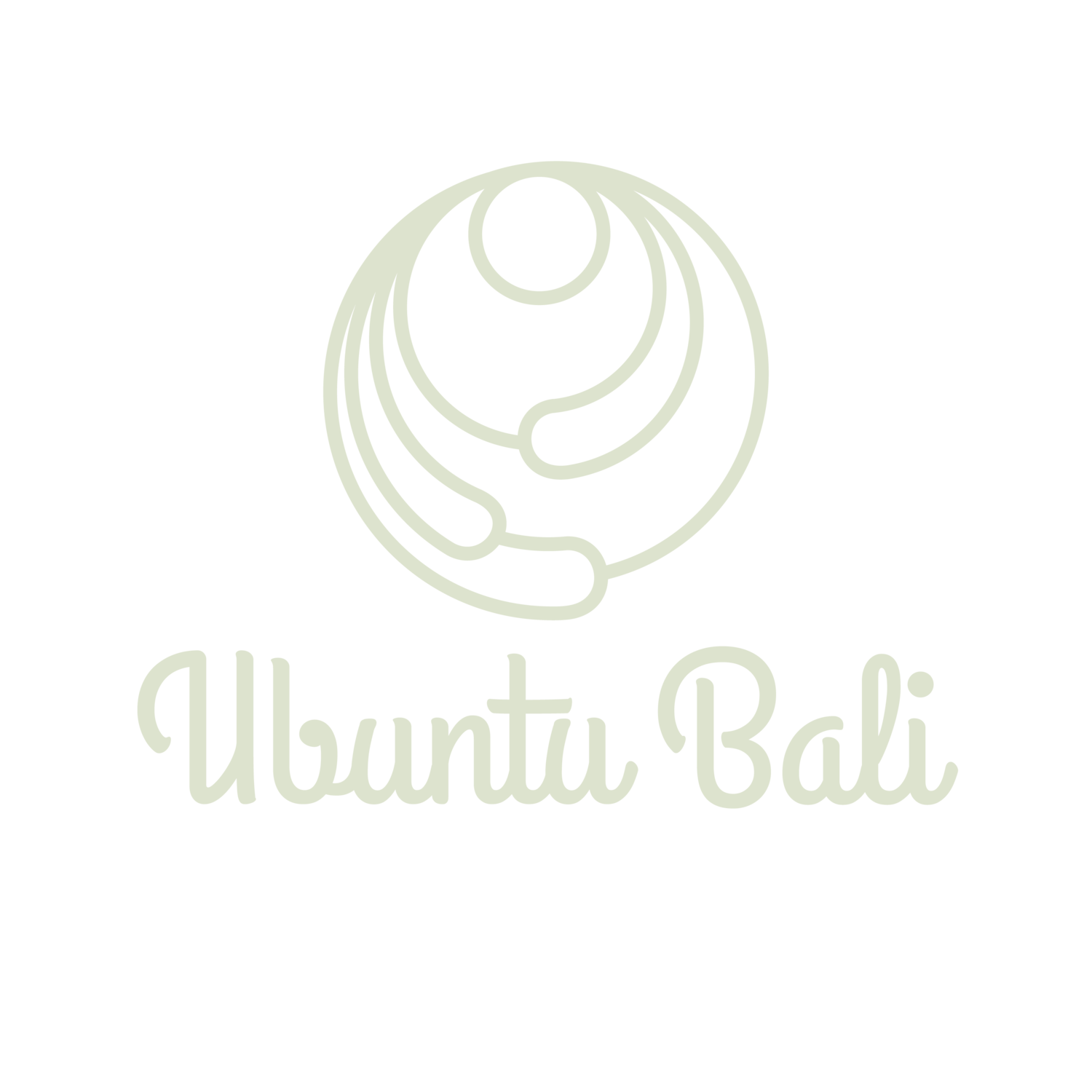Seeking Beauty In Your Yoga Practice Wastes Money. Here’s Why
“The Ashtanga yoga system should never be confused with ‘power yoga’ or any whimsical creation which goes against the tradition of the many types of yoga shastras (scriptures). It would be a shame to lose the precious jewel of liberation in the mud of ignorant bodybuilding.”
Some have taken to yoga as a way to loose weight or tone up the muscles.
Others have chosen the philosophy and principles of yoga as a means of exploring a deeper meaning of self, a path of spiritual growth and healing.
Ubuntu Bali advocates a holistic approach to yoga. Holistic yoga is a journey of self-discovery and a profoundly individual experience. It teaches us to surrender our ‘ego’ and move beyond our limitations into a whole new way of experiencing life.
Eight Limbs Of Ashtanga Yoga
In Sanskrit ‘Ashta’ means Eight and ‘Anga’ is limbs so it means Eight Limb path, Ashtanga yoga is based on Yoga Philosophy of Patanjali.
Yama: Yogic principles which includes - Ahimsa (non-violence), Satya (truthfulness), Asteya (non stealing), Brahmacharya (celibacy) and Aparigah (non possessiveness)
Niyama: Self disciplines which includes - Shoucha (purity), Santosh (contentment), Tapa (endurance), Swadhyaya (self study) and Eshwar Pranidhan (dedication)
Asana: Yogic postures
Pranayama: Yogic breathing
Pratyahara: Withdrawal of senses to increase the power of mind
Dharana: Concentration of mind on one object and its field
Dhyan: Focusing the mind on one point and meditating on it
Samadhi: Merging individual consciousness in to universal consciousness
Ashtanga Yoga: Meditation In Motion
Over time as the breath and mind become strong the Ashtanga practice becomes a meditation in motion.
This inner dance with the self is the yogis opportunity to listen to the body, the pain, and the resistance. With this, yoga actually happens on the way to the mat. Daily, as spiritual beings having a human experience, we are confronted with gurus from all walks of life. Source, being the great joker, has placed them there to aide you in deepening your practice.
The fun comes when you practice drishti. That meditation in motion meets you in your daily life as you start to see yourself and the world as a film.
Drishti: Gazing Technique That Develops Concentration
Admit it. There are times during class where you find yourself checking out the assana of the hottie in front, or the outfit of your neighbour on the mat next door. Precious prana (vitality) flows out of you when you allow distractions to lead you further away from self-realisation.
Drishti is a technique that recognises the Divine in everything—thus allowing us to see the world in a new light. Used in this way, drishti becomes a technique for removing the ignorance that obscures our true vision and intuition.
On the mat, in adho mukha svanasana, nabi chakra drishti or navel gazing is used. Dristhi assists the practitioner in developing one pointed concentration, aides in balance and helps turn the gaze or attention inward.
Hopefully, by now, you’re convinced why seeking external beauty in your yoga practice is a waste of time and money. Why take the vain approach? With all these tools you’ll be well on your way to developing superhero powers. Or even better, a way to cultivate self-love and the ability to make meditation in motion apart of your daily rhythmic dance as you meet life on the world mat.

